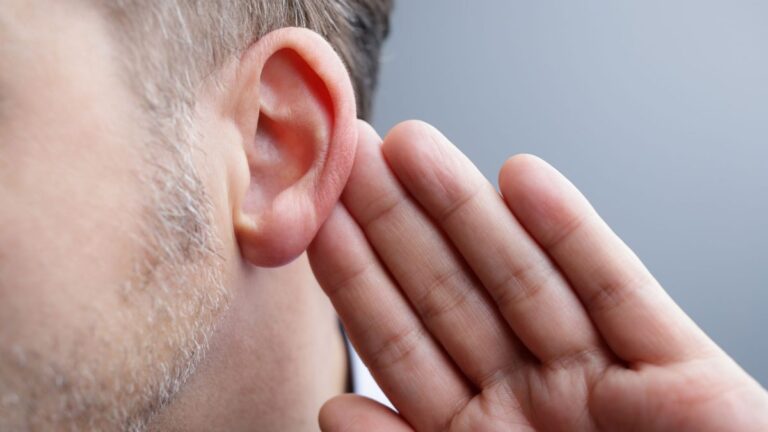
(Photo/ iStock)
Drug from USC and Harvard Scientists to Treat Hearing Loss Shows Promise
Early findings show the drug helps build connections between nerve cells. It’s not yet available for humans, but it shows potential.
A new drug to repair damaged ear cells could help millions of people struggling with hearing loss, if scientists at the USC Michelson Center for Convergent Bioscience and Harvard University have their way.
Until now, scientists trying to use drugs as a hearing loss treatment have run into a big challenge. Fluid constantly flows into the inner ear to sweep away debris — including any dissolved drugs, says Charles McKenna, director of the USC Michelson Center’s Core Center of Excellence for Drug Discovery.
McKenna and his colleagues, though, recently published a study on their promising efforts to create the new hearing loss treatment.
“We figured out how to deliver a drug into the inner ear so it actually stays put and does what it’s supposed to do, and that’s novel,” McKenna says. “This is a first for hearing loss and the ear. It’s also important because it may be adaptable for other drugs that need to be applied within the inner ear.”
McKenna, a professor at the USC Dornsife College of Letters, Arts and Sciences, studies bisphosphonates, a class of drugs that adhere to bony surfaces and have been used to slow bone loss.
To address hearing loss, McKenna and his Harvard collaborators combined a bisphosphonate with another important small molecule called 7,8-dihydroxyflavone. The resulting molecule mimics a protein that’s critical for the development and function of the nervous system.
Lab tests using inner ear tissues from a mouse showed that the combined molecule appeared to stimulate the growth of connections between neurons, or nerve cells. It also repaired the hair-like sensory cells and neurons that are necessary for hearing.
The next step, McKenna says, is to prove this potential drug is successful in additional animal studies in the lab. If these studies go well, it will move on to trials in humans.



